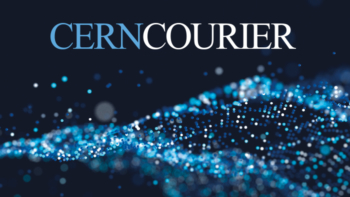 Read article 'Finding the way to polarized antiprotons'
Read article 'Finding the way to polarized antiprotons'
Finding the way to polarized antiprotons
The QCD physics potential of experiments with high-energy polarized antiprotons is enormous, but until now high-luminosity experiments have been impossible.











